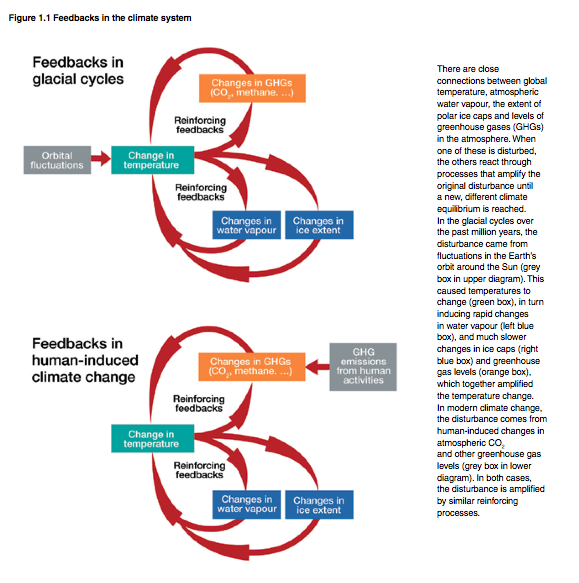Ignoring the Obvious
Rabett Run has always been a quiet and peaceful place where old bunnies can munch their carrots, but perhaps, just perhaps it is time to stir things up again so here are a couple of thoughts for the careless. In the end, they are tied together by a convenient ignorance of the obvious
Eli could start with the Nature Climate Change jeremiad by Shinichiro Asayama, Rob Bellamy, Oliver Geden, Warren Pearce and Mike Hulme Why setting a climate deadline is dangerous, Now the last three of these are well know climate change ostriches, it won't be so bad, or at least I will be dead by then types, the other two are not as well known hereabouts, perhaps they should be. The first of them, who probably won't be dead by then, essayed the Twitter long form in quite the good style. ATTP has a useful dissection of some of the frog princes who essayed and Sou emerged from time out to to whop them good. But you know Eli, that's not his way. Eli begins by evaluating an argument not by its conclusions, but by its assumptions
If you read the paper it is a wonderful exercise in strawmanning, exceeded in many respects by the Newsweek (or was it Time, Eli forgets. It's kind of what happens at this time of life) said that we were entering a new ice age. The usual nutpicking shell game also so you can ignore it on those grounds alone. Yet, the argument fails on a basic point, they claim that you can't usefully set deadlines for tough problems, but they ignore the lessons of the Montreal Protocols which succeeded by a) establishing that there was an emergency and b) dealing with it by setting deadlines. Indeed Montreal also set up a mechanism to modify and expand the deadlines to cover other stratospheric ozone de-enhancing emissions.
To argue that something should not be done because it won't work while ignoring an example where it has been done and worked is a basic error. Given that the defenders of that piece claim that it establishes yet another example of how scientists ignore the worthy products of social scientists (poke about on Twitter) it seems more to prove that scientists ignore the crappy arguments of the usual suspects. Well, OK, sometimes we laugh at them, sometimes we fret, and most of the time we face palm.
Which brings Eli to part two, the recent paper by Geoffrey Heal and Wolfram Schlenker, Coase, Hotelling and Pigou: The Incidence of a Carbon Tax and CO2 Emissions, which asserts that
Using data from a large proprietary database of field-level oil data, we show that carbon prices even as high as 200 dollars per ton of CO2 will only reduce cumulative emissions from oil by 4% as the supply curve is very steep for high oil prices and few reserves drop out. The supply curve flattens out for lower price, and the effect of an increased carbon tax becomes larger. For example, a carbon price of 600 dollars would reduce cumulative emissions by 60%. On the flip side, a global cap and trade system that limits global extraction by a modest amount like 4% expropriates a large fraction of scarcity rents and would imply a high permit price of $200.The basic idea being that since oil reserves can be depleted and are valuable, eventually all will be used up. Arthur Yap took this on as an example of "science news cycle" (his words, not Eli's) telephone from the paper, to the public affairs office, to the newspaper and so on, but he took it seriously, trying to examine what drove the results. Eli, Eli looked for what was not there, which is often the case.
There are first order drivers other than how much oil will be burnt. The first is that coal will disappear as a power source, it will still be around for as a reducing agent for ore processing, but no one is going to burn coal if a carbon tax is set at $200/ton CO2.
The interesting one is that $200/ton CO2, makes direct air capture and carbon capture and storage look profitable. It's another example of why a systems approach is needed to for dealing with climate change.








